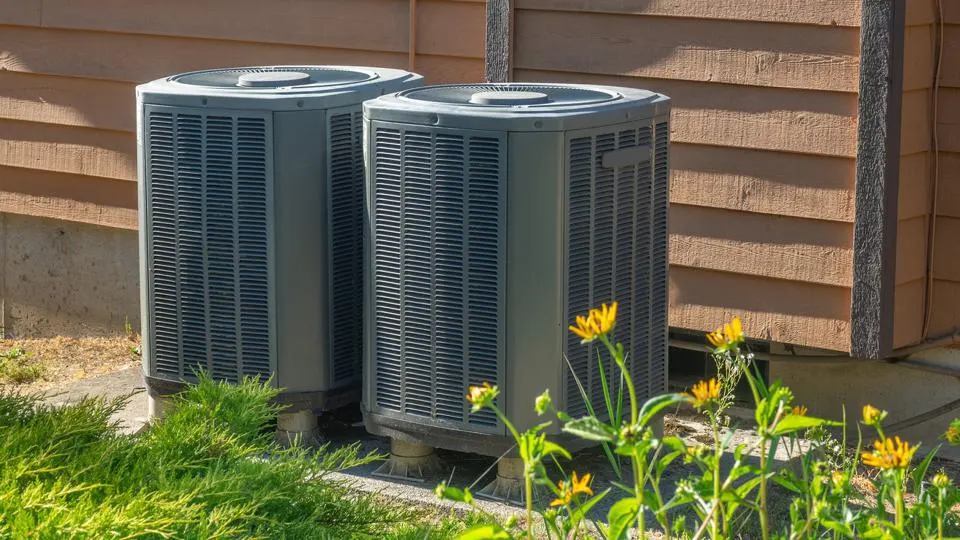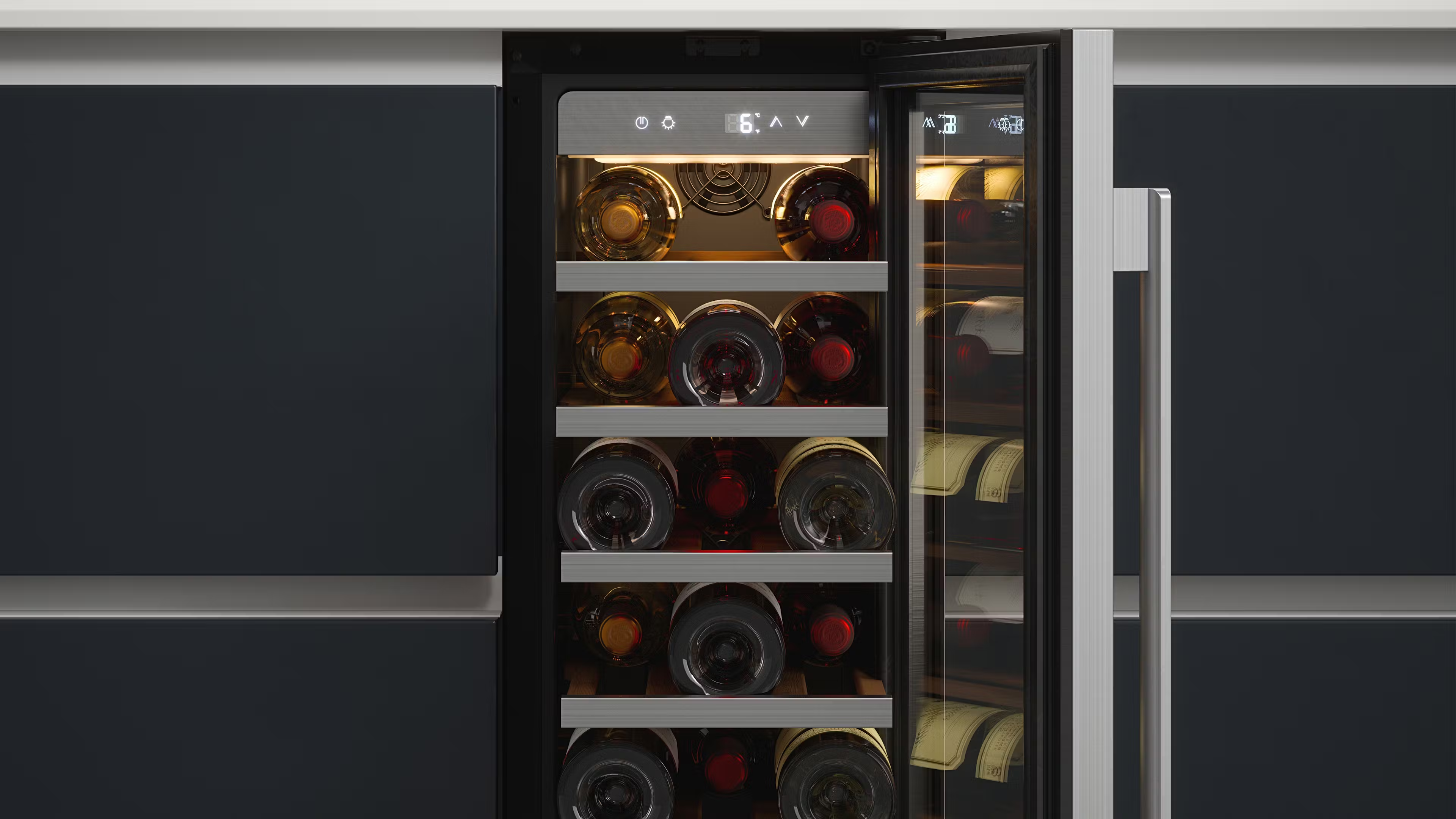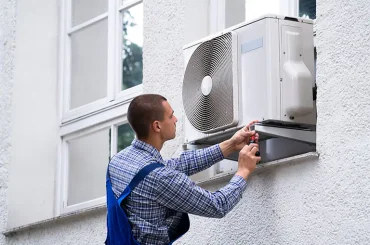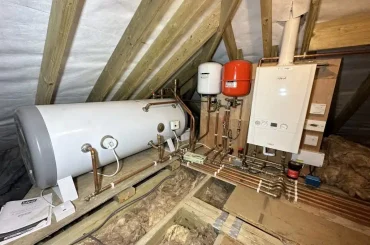Table of Contents
Over the past decade, improving energy efficiency has become an urgent priority for economic and environmental reasons. As climate change threatens our planet, businesses seek innovative ways to minimize their carbon footprint while meeting operational demands. It is particularly relevant for the heating, ventilation, and air conditioning (HVAC) sector, as the energy consumed by HVAC systems accounts for a significant portion of commercial building energy use.
By leveraging advanced HVAC technologies and optimization techniques, facility managers can substantially reduce energy waste and lower costs without compromising comfort. This article will explore several cutting-edge HVAC strategies that deliver measurable results for forward-thinking companies seeking to streamline operations through efficiency.
Audit your HVAC system for improvements
Before implementing new energy-saving methods, conducting a thorough audit of your current HVAC system is essential. It will help identify areas for improvement and reveal potential opportunities for optimization. A comprehensive audit should include assessing equipment performance, building envelope, and occupant behavior. By analyzing these factors, facility managers can gain insight into where energy is wasted and determine the most effective solutions to enhance energy efficiency.
Some common areas for improvement include outdated or malfunctioning equipment, air leaks in the building envelope, and inconsistent temperature control due to occupant behavior. By addressing these issues, facility managers can significantly optimize their HVAC system and reduce energy consumption.
Upgrade to a high-efficiency system for substantial savings
One of the most effective ways to significantly improve the energy efficiency of your HVAC system is by upgrading to a high-efficiency system. These advanced systems utilize cutting-edge technology, such as variable speed compressors and intelligent controls, to control precise temperature while minimizing energy consumption. By making the switch, you can not only enhance the comfort of your space but also reduce your energy costs by up to 30% compared to traditional HVAC systems.
When considering an upgrade, it is crucial to take the time to research and thoroughly compare different options available in the market. Each building has unique requirements, so finding the most suitable system for your needs is essential.
Consulting with an experienced HVAC expert can provide valuable insights and recommendations tailored to your facility, ensuring you make an informed decision and achieve optimal efficiency and performance. Check out https://www.meadowair.com/brands/carrier/heating/ for more info on HVAC maintenance.
Seal air leaks with caulk and weatherstripping to prevent heat loss and gain
Air leaks in a building’s envelope can significantly impact HVAC energy efficiency. During the winter months, when the temperatures drop, warm air tends to escape through gaps and cracks, making the HVAC system work harder to maintain the desired temperatures inside. Likewise, in the summer, cool air can leak out while hot air seeps in, compromising comfort and increasing the energy consumption of the HVAC system.
To address this issue and prevent energy waste, it is crucial to take proactive measures and seal these air leaks effectively. You can create a tighter building envelope by using caulk and weatherstripping to seal gaps and cracks. It, in turn, reduces the workload on the HVAC system, resulting in energy savings and lower utility costs.
Insulate your attic, walls, windows, and doors for maximum thermal barrier effect
Insulation is another crucial factor in HVAC energy optimization. Poor insulation can lead to significant heat loss or gain, forcing the HVAC system to work harder to maintain a comfortable temperature. By properly insulating your building’s attic, walls, windows, and doors, you can create a thermal barrier that helps regulate the temperature inside and reduce the workload on your HVAC system.
When selecting insulation materials, it is essential to consider their R-value, which measures the material’s resistance to heat flow. The higher the R-value, the better the insulation properties of that material. It is also crucial to consult with a professional to determine the most suitable type and amount of insulation for your building.
Configure a programmable thermostat for scheduled temperatures that match occupancy
Installing a programmable thermostat is not only a practical but also an intelligent way to optimize HVAC energy consumption. By setting a customized schedule for temperature control that aligns perfectly with the building occupancy patterns, facility managers can avoid unnecessary heating or cooling when the building is not in use, ultimately reducing energy wastage.
For instance, during non-business hours or weekends, the thermostat can be intelligently programmed to maintain slightly higher or lower temperatures, depending on the season, to further reduce energy consumption without compromising the comfort of the occupants. This level of precision and control can lead to significant cost savings while ensuring a consistently comfortable environment during regular working hours.
Install ducts in conditioned spaces to prevent unwanted heat transfer
Ductwork is crucial in HVAC energy efficiency as it distributes air throughout the building. We can prevent unwanted heat transfer and significantly reduce energy waste by adequately insulating and locating ducts in conditioned spaces, such as within walls or floors. It ensures that the temperature of the air remains consistent as it travels through the ducts, resulting in a more efficient HVAC operation.
Moreover, well-insulated ductwork also helps to minimize condensation and potential air leakage, further enhancing energy efficiency and overall system performance. Investing in quality duct insulation and thoughtful placement can go a long way in optimizing the performance of your HVAC system while reducing energy consumption and costs.





